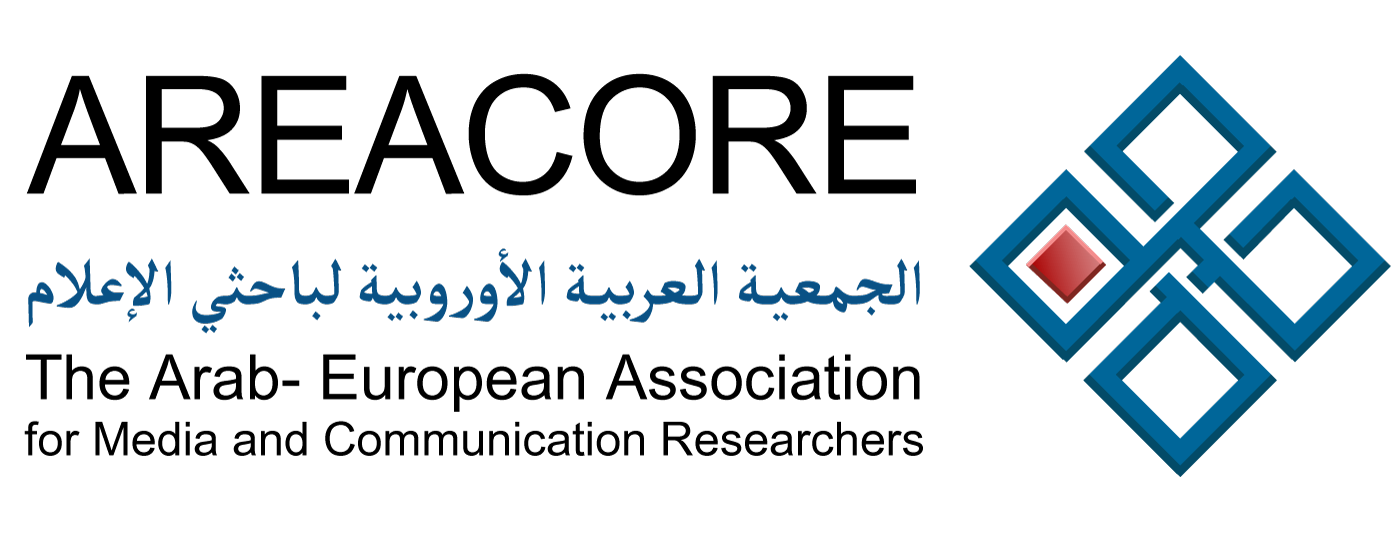Quick Facts about the German Media System
– Long history of printed press; the media system especially influenced by the experience of the Nazi dictatorship and the German division
– Germany’s demographics are changing due to an aging society and migration; representation and diversity in the media is a challenge
– Germany has a dual broadcasting system: a range of public-funded channels, free from state control and commercially financed private broadcasters
– Newspapers are widespread, but struggle with declining sales due to the rise of online media
– Television is the most popular medium
– Germany has a liberal legal framework for the press and ranks 12th in the press freedom index of Reporters Without Borders
– The media landscape is dominated by several media companies: Bertelsmann, Axel Springer, Pro7Sat1 AG and Funke Mediengruppe
– The journalistic profession is free of access, but worsening market conditions and an increasing workload due to cross media make it harder to get into the field
– Germans use social media rather conservatively and there is a widespread skepticism about data security
> due to problems with displaying arabic fonts, download the arabic script here <
Society & areas of conflict:
Interview_Göroglu.mp4 Interview with Rana Göroglu about the way Muslims are pictured in German media
General information about the media system:
Full Interview: Jan Tonnemacher on Public Broadcasting
Statistics_TV.pdf
Statistics_Newspapers.pdf
Statistics_Most visited news sites.pdf
Statistics_Market Share of Regional Dailies.pdf
Media use:
Statistics_Media Use.pdf
Media system & public broadcasting:
Statistics_Distribution Broadcasting Fee.pdf
Statistics_Ad revenues.pdf
Journalism & how to become a journalist:
Statistics_Demographic Information on Journalists.pdf
Full Interview: Rudolf Porsch on Journalism
Social media:
Statistics_Social Media.pdf
